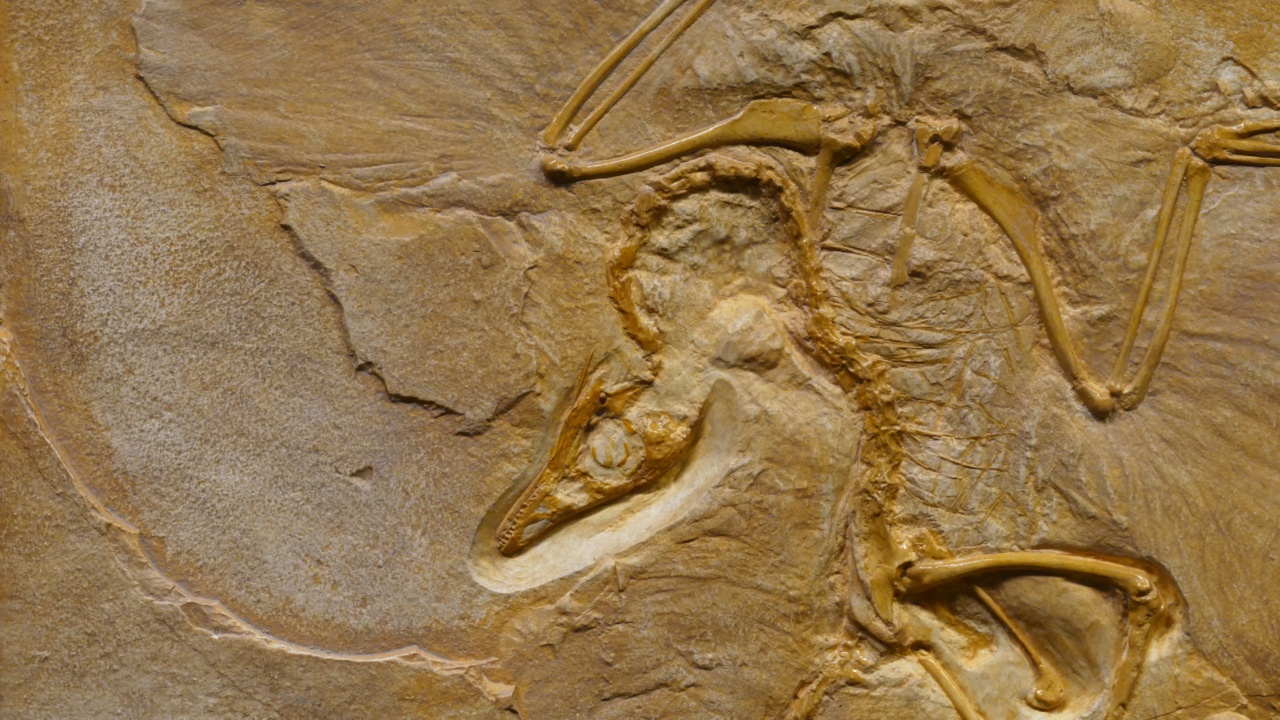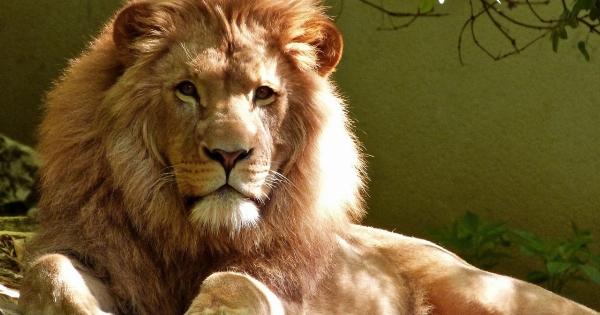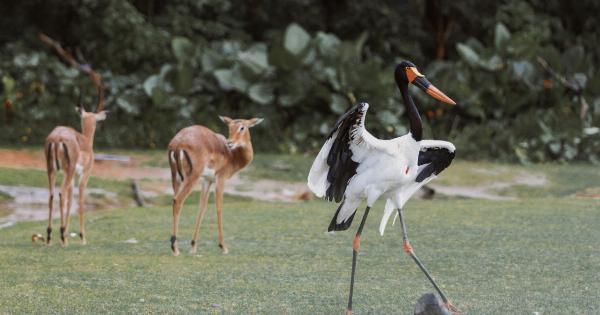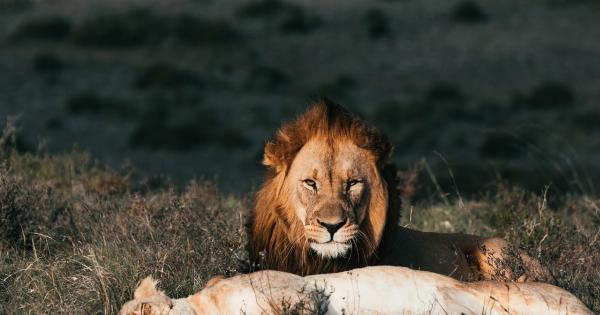Sexual predation is a behavior in animals that involves the use of force or coercion to obtain sexual access. The study of sexual predation in animals is complex and multifaceted, encompassing a range of areas including genetics, behavior, and ecology.
While sexual predation is not unique to humans, it is important to understand the science behind this behavior in order to inform conservation efforts and improve our understanding of sexual violence in humans.
The Biology of Sexual Predation
Sexual predation is often the result of innate biological drives that are deeply rooted in an organism’s biology.
In many species, including insects, birds, and mammals, males are the primary sexual aggressors, driven by a need to maximize their reproductive success. This drive is often manifest as competition between males for access to female mates, leading to aggressive behaviors such as fighting, displays, and vocalizations.
Neurobiology and Hormonal Influence
Neurobiology and hormonal influences are also significant factors in sexual predation. Studies have shown that certain hormones, such as testosterone, can increase aggressive behaviors and the drive to seek out sexual encounters.
Similarly, specific areas of the brain have been implicated in sexual predation behaviors, such as the amygdala, which is involved in emotional processing and decision-making.
Environmental Factors
Environmental factors can also play a role in sexual predation. In some species, such as birds, environmental cues can trigger aggressive mating behaviors, such as increased testosterone levels in response to daylight and temperature changes.
Similarly, mating patterns and behaviors can be influenced by the availability of resources and the relative abundance of competing individuals.
The Cost of Sexual Predation
While sexual predation may increase an individual’s reproductive success, it comes at a cost. In many species, sexual predation can lead to injury, disease transmission, and even death.
Furthermore, the use of force and coercion in sexual encounters can lead to negative consequences, such as decreased genetic diversity and reduced population growth.
Conservation and Management
Understanding the science of sexual predation is crucial for conservation and management efforts.
By identifying and understanding the factors that contribute to sexual predation, we can design effective conservation strategies that minimize the negative impacts on populations and improve overall reproductive success.
Human Implications
While sexual predation is primarily studied in animals, understanding the science behind this behavior can also inform our understanding of sexual violence in humans.
By looking at the genetic and neurological factors that play a role in sexual predation, we can gain insight into the root causes of sexual violence and develop more effective prevention and treatment strategies.
Conclusion
Sexual predation is a complex behavior that is deeply rooted in an organism’s biology.
While conservation and management efforts have focused primarily on mitigating the negative impacts of sexual predation, understanding the underlying science can also inform our understanding of sexual violence in humans.
By taking a multidisciplinary approach that draws from genetics, neuroscience, behavior, and ecology, we can gain a greater understanding of the factors that contribute to sexual predation and develop effective strategies for addressing this behavior both in animals and in humans.




























